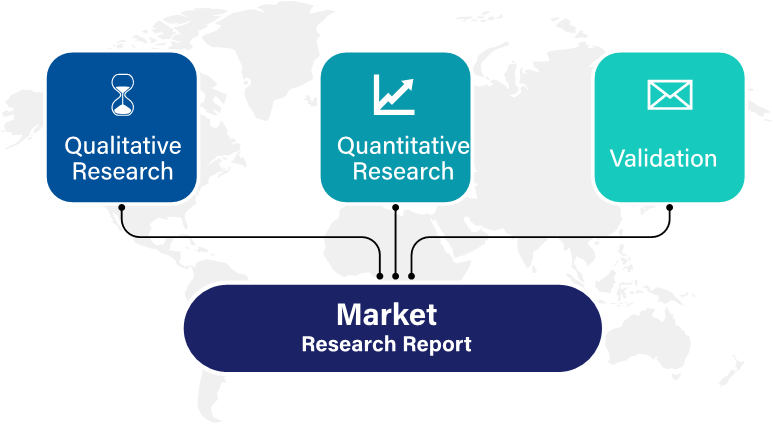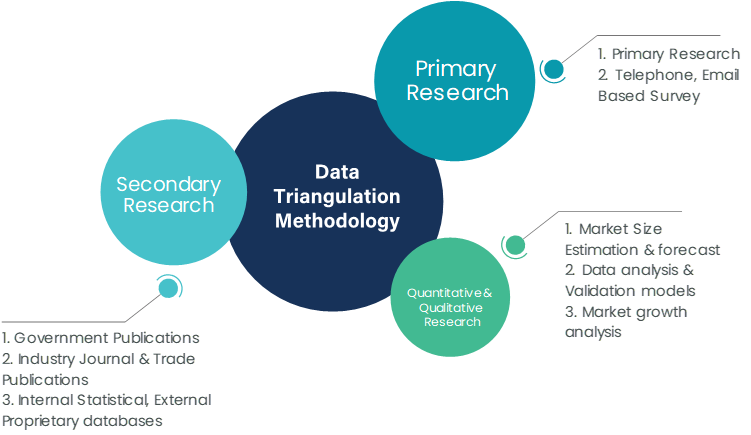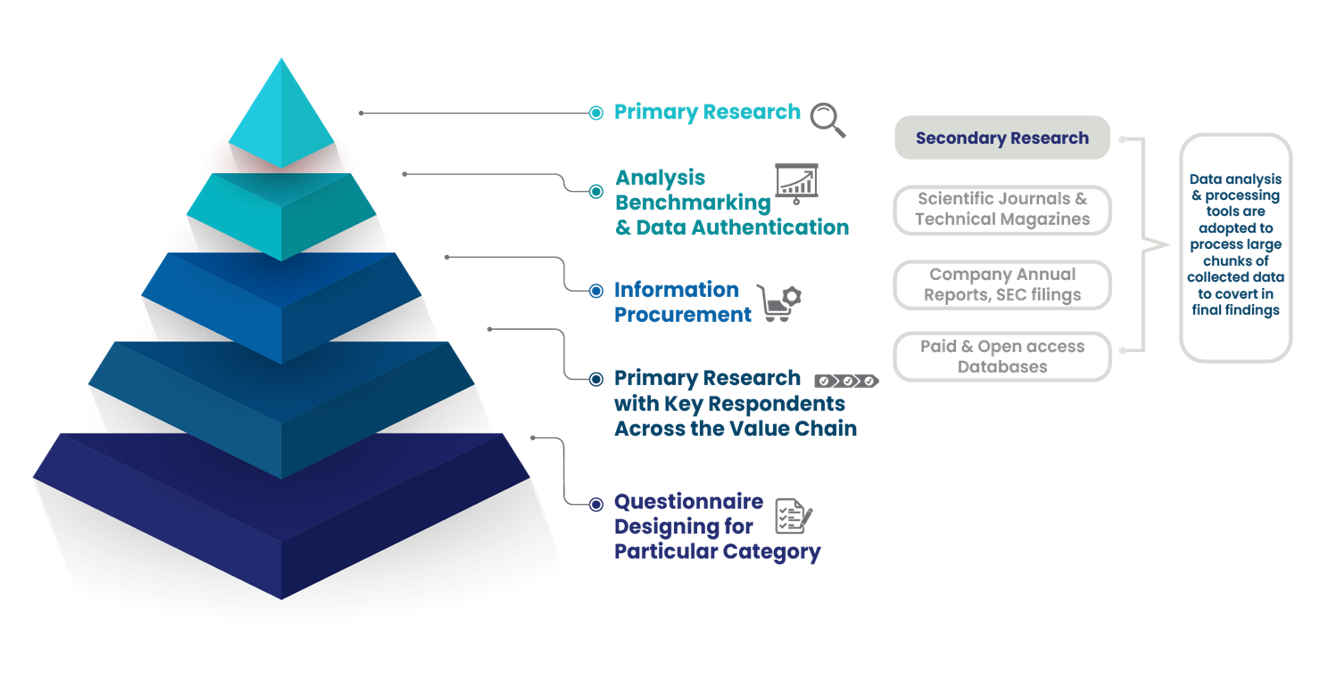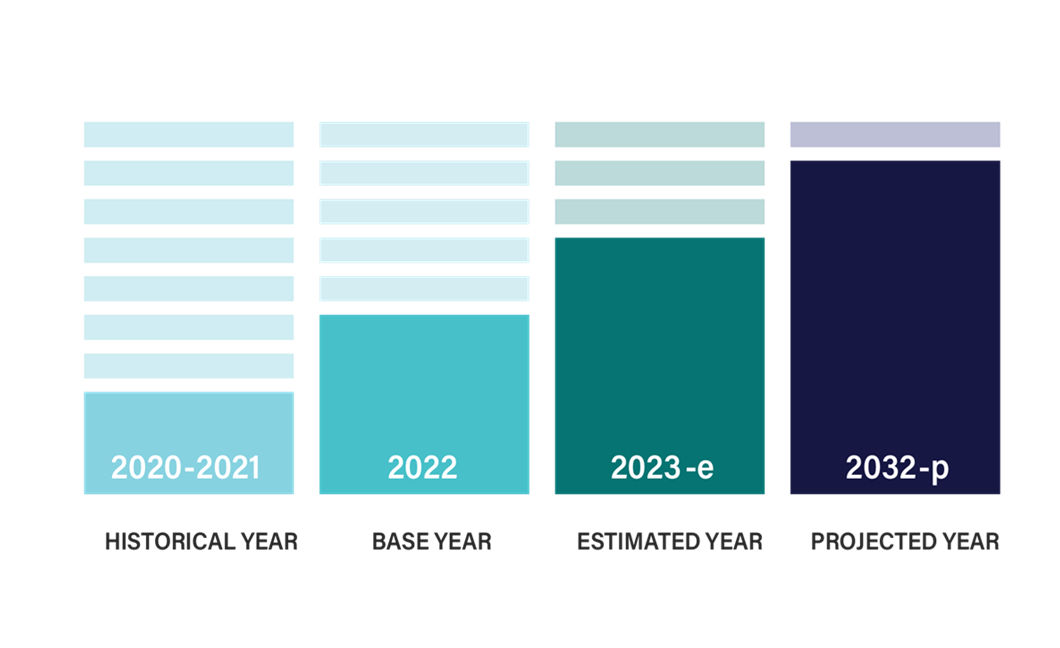

The global trash bags market is evolving rapidly as concerns over hygiene, waste management, and environmental sustainability continue to grow. Trash bags, or garbage bags, are a staple in waste management and sanitation across residential, commercial, and industrial sectors. They ensure convenient handling of waste and reduce the spread of odors and germs. According to International Market Research (IMR), the global trash bags market is expected to witness steady growth between 2024 and 2031, with increasing demand for biodegradable and recyclable options in response to stringent environmental regulations.
Market Overview
In 2023, the global trash bags market was valued at approximately USD 12 billion. IMR projects that by 2031, this value will reach around USD 18 billion, growing at a compound annual growth rate (CAGR) of approximately 5.2%. The rising awareness of waste segregation, urbanization, and increased consumption of trash bags in healthcare and hospitality sectors are key factors driving this growth. Additionally, advancements in sustainable materials are transforming the landscape of this industry.
Key Market Drivers
Market Segmentation Analysis
The trash bags market can be segmented by material, type, application, and region.
The Prominent/Emerging Players in the Trash Bags Market Research include:
Novolex
Novplasta
Cosmoplast
Berry Global
Plasta Group
Aluf Plastics
Inteplast Group
Four Star Plastics
Poly-America, L.P.
The Clorox Company
International Plastics
BioBag International AS
Polykar Industries Inc.
Reynolds Consumer Products
Alpha Omega Plastic Manufacturing L.L.C.
Universal Plastic & Metal Manufacturing Limited
Key Insights
Challenges
Future Outlook and Opportunities
The trash bags market is expected to witness steady growth as awareness of waste management practices and hygiene standards continue to rise globally. IMR anticipates that future trends will focus heavily on sustainability and innovation, with companies investing in research to produce more eco-friendly, durable, and customizable trash bags. Biodegradable and recyclable trash bags are projected to gain significant market share, especially in regions with strict environmental regulations.
In the Asia-Pacific region, rapid urbanization and rising consumer awareness of cleanliness are creating growth opportunities for trash bag manufacturers. North America and Europe are also expected to contribute significantly to demand, with government regulations and consumer preference favoring sustainable products. Innovations, such as multi-layer trash bags and leak-resistant designs, are expected to cater to the diverse needs of households, commercial establishments, and industrial facilities.
Conclusion
The global trash bags market is on an upward trajectory, projected to grow from USD 12 billion in 2023 to nearly USD 18 billion by 2031, at a CAGR of around 5.2%. Demand for trash bags is driven by the rise in urban waste generation, increased use in the healthcare and hospitality sectors, and growing environmental awareness. As the market continues to grow, companies that prioritize sustainable, durable, and efficient trash bag solutions are likely to capture a larger market share. With the increasing emphasis on waste segregation and hygiene, trash bags will remain an essential product in waste management practices worldwide.
International Market Research follows a comprehensive research methodology dedicated to offering the most accurate market estimation and analysis. It leverages a data triangulation methodology to estimate the market dynamics and deliver precise estimations. The company exploits a combination of top-down and bottom-up approaches for classifying and assessing quantitative aspects of the market.

This research study is based on exhaustive quantitative and qualitative analysis.
The Quantitative analysis involves numerous models, mathematical tools, projection, and sampling techniques. It encompasses the following steps:
Recognize market variables and derive market size.
Valuation of prospects, opportunities, and market penetration rates by analyzing Application Predictive Maintenance Solutionzation, regional trends, etc.
Gauge historical market trends and derive present and future year-on-year growth trends
The qualitative analysis covers briefing about market dynamics and business opportunities and strategies. Lastly, all the research findings are authenticated over interviews with in-house industry experts, freelance consultants, and key opinion leaders, etc.


The preliminary raw data and relevant information are acquired via different sources such as secondary findings, trade surveys, and in-house repositories. Technical issues and trends are attained from technical symposia, surveys, and trade journals. Market dynamics such as driving factors, restraints/challenges, pricing trends, and opportunities are also collected using extensive secondary research via paid and open access data sources.
This info is then filtered to make sure that the related data including market trends, industry dynamics, and outlook is retained for the further research End-user. Data is constantly filtered to confirm that only authenticated sources are measured.
It comprises analysis & mapping of all the data gathered from the above step. It also includes the analysis of data differences observed across numerous data sources and arrives at final data points to be used for final calculations.
This step involves data End-user using various models, mathematical tools, projection, and sampling techniques to derive market findings. It also involves the placement of data points at suitable market spaces to gather viable conclusions.
Market estimates and forecasts are derived via simulation models. Collected data for market dynamics, Propulsion Type sets, pricing trends, and Type development is fed into the model and evaluated simultaneously. These factors are studied on a comparative basis, and their influence over the prediction period is quantified by means of regression, correlation, and time-series exploration. Analyst viewpoint & subject matter expert-based heuristic form of market sizing also plays an essential part in this step.
Some of the parameters measured as a part of the statistical model are:
Macro-economic indicators
Micro-economic indicators
Socio-political indicators
Environmental indicators
Propulsion Type indicators
Validation End-user aids to finalize data points to be used for final calculations. Primary Interviews are conducted to authenticate the data and analysis.
Primary research includes questionnaire-based research, email interactions, online surveys, and telephonic interviews. Interviewees are approached by prominent companies across the value chain including suppliers, Propulsion Type providers, domain experts, and buyers to ensure a holistic and unbiased picture of the market.
Industry participants involved in this research study include:
CEOs, VPs, market intelligence managers
Procuring and national sales managers technical personnel, distributors, and resellers
Research analysts and key opinion leaders from various domains
Our research methodology includes an ideal combination of primary and secondary initiatives.

Source: International Market Research Analysis, 2024
It involves company databases such as Hoover's: This assists us to recognize financial information, the structure of the market participants, and the industry competitive landscape.
The secondary research sources referred to in the End-user are as follows:
Supply Chain and Inventory Managemental bodies, and organizations creating economic policies
National and international social welfare institutions
Company websites, financial reports and SEC filings, broker and investor reports
Related patent and regulatory databases
Statistical databases and market reports
Corporate Presentations, news, press release, and specification sheet of Manufacturers
Open access and paid data sources:
Eurostat
Statista
OneSource
Plastemart
WHO and World Bank
ITU
Factiva
Hoovers
Primary research includes online surveys and telephonic interviews.
Means of primary research: Email interactions, telephonic discussions, and questionnaire-based research, etc.
To validate our research findings and analysis, we conduct primary interviews of key industry participants. Insights from primary respondents help in validating the secondary research findings. It also develops Research Team’s expertise and market understanding.
Industry participants involved in this research study include:
CEOs, VPs, market intelligence managers
Procuring and national sales managers technical personnel, distributors, and resellers
Research analysts and key opinion leaders from various domains
We employ of following parameters in the absence of concrete data sources:
We assign weights to various parameters and quantify their market influence with the help of weighted average analysis, to derive an expected market growth rate
Income distribution, purchasing pattern, per capita income, and other end-user associated parameters
GDP, inflation rate, per capita disposable income, etc.
Expenditure, financial policies of the country, infrastructure and sector growth, and facilities

Source: International Market Research Analysis, 2024
International Market Research(IMR) is global leader in Market Research & Consulting services.